Grates are a framework of metal or fiber reinforced plastic bars and sheets that are perforated or otherwise slotted to create a grid. In flooring applications, metal grates or plastic grating offers several advantages over solid surfaces. Read More…
All Plastics and Fiberglass prefabricates gratings products including fiberglass gratings, bar gratings and floor gratings. We offer online ordering of our in-stock products to accommodate all our current and potential customers.
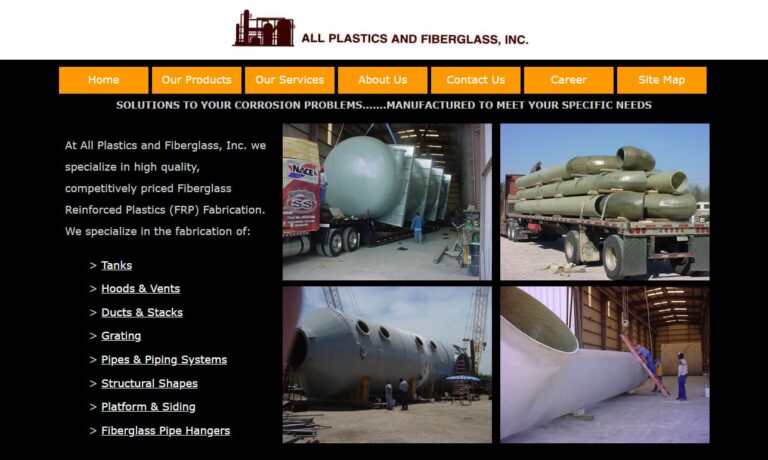
Our seasoned engineers are experts at manufacturing durable gratings. These high quality solutions are specialized for a variety of industries. We take pride in saying that all of our manufacturing processes happen right here in the United States. We promise to assist you with all of your needs. You will be satisfied with our long-lasting economical solutions!

We are the experts at creating high quality gratings. Our engineers are eager to handle any of your requests. We care about your order, no matter how big or small. You can count on friendly assistance from the first call. We pay attention to your specific requirements and you are guaranteed to receive your products on-time. These items are easy to install and simple to maintain.
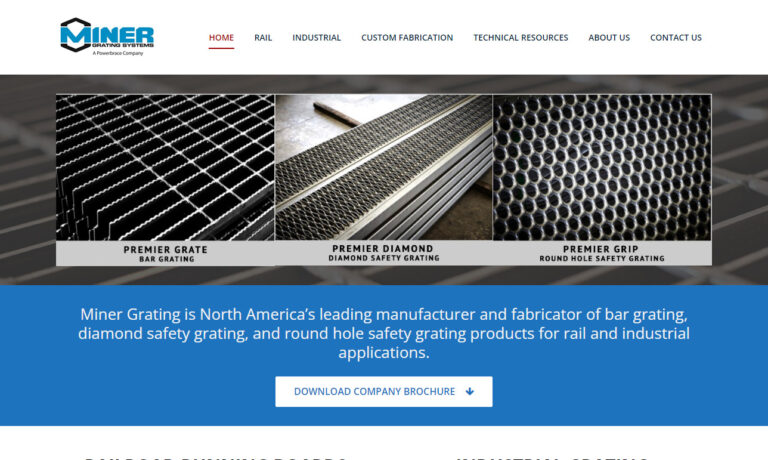
For over 40 years, Ohio has been a leading manufacturer of precision made aluminum grating solutions and offers products in both light duty for pedestrian loading and heavy duty for H20 loading to meet AASHTO standards. Ohio’s products can be manufactured to comply with ADA requirements, are manufactured in the USA and can assist with earning LEED credits. Please call Ohio today!

More Floor Grating Manufacturers
Floor gratings are valuable utilities in a variety of applications. The grid work creates a textured surface which improves slip-resistance and reduces the risk of falls. This risk is further diminished by drain grates in floors which permit the passage of liquids and debris such as water and oil that might otherwise prove hazardous.
Air, sound and light can also pass through floor gratings which help improve ventilation and visibility in factory and warehouse environments. Refrigeration, heating, oil and gas, power, metal, mining, chemical and food processing, and pulp and paper industries often utilize this particular type of grating in their manufacturing facilities.
Additionally, outdoor applications such as bridges, docks, city streets and sidewalks employ floor grates for traction and drainage purposes. In these instances, the grating is most commonly used as the floor itself. Other grates can be additions to existing flooring, installed as a top layer to improve traction.
As these are typically applied to solid surfaces, however, they are not adequate drainage devices. Mobile grates are also available to be put in place for a specific process or use, and are easily removed when no longer required.
As aforementioned, floor gratings can be made of metal or fiber reinforced plastics such as polyester and vinyl ester resin. The two types inherently require different manufacturing techniques. Expansion metal grates are created when metal is slit and then expanded through heat and pressing techniques.
This option is popular as it generates no waste. Alternatively, punch presses are used to knock out hole patterns in metal sheets. Common metals for either method of fabrication include stainless steel, iron, brass and sometimes aluminum.
Fiberglass reinforced plastic gratings are produced by weaving continuous strands of fiberglass through thermosetting plastics before cooling. Additionally, both metal and plastics can be formed into bar grating, which is used in heavy duty applications for constant use or heavy load bearing.
Bearing bars, cross bars, and square, rectangular or circular mesh grates are widely available for flooring. The size of perforations or gaps between the grate bars varies greatly and is therefore one of the most important considerations.
This determines what may pass through the grate, for example water or debris, while also having a significant impact on visibility for both interior and exterior applications. Standard perforation sizes are regulated in many factory environments which require proper ventilation and fluid drainage.

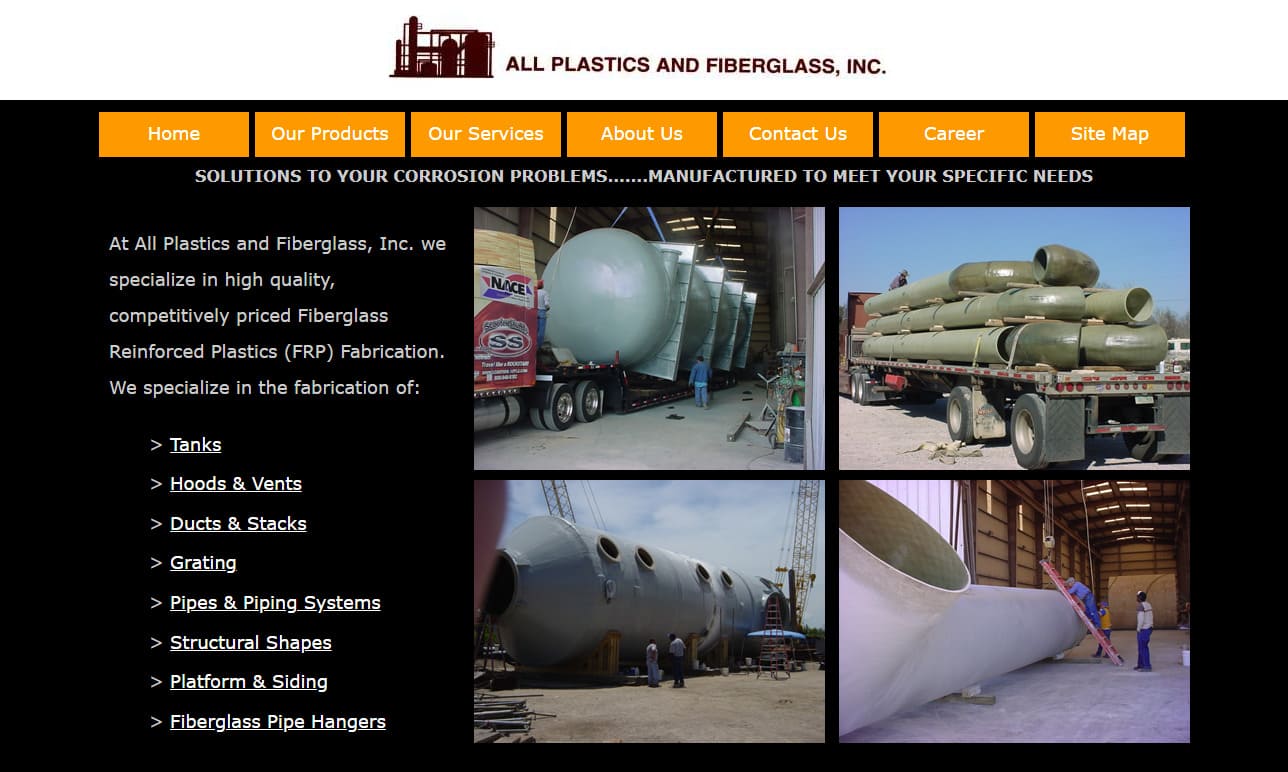
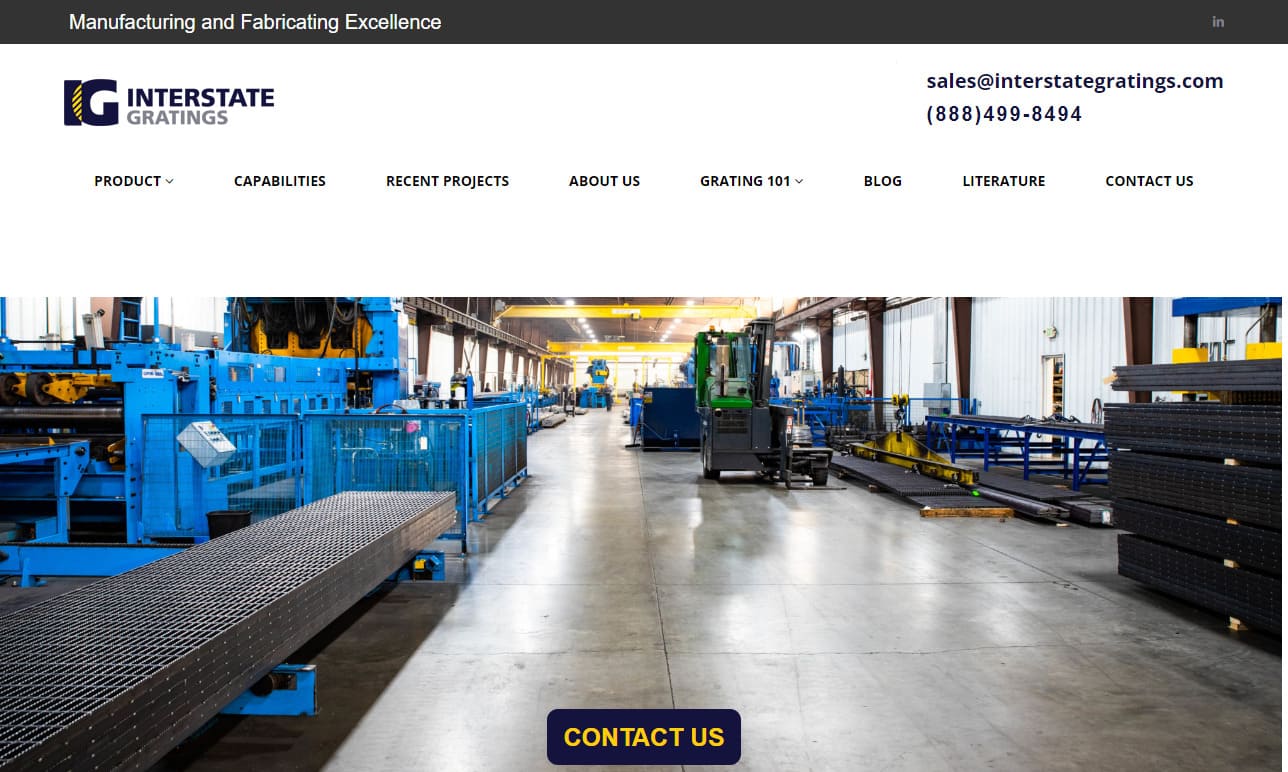
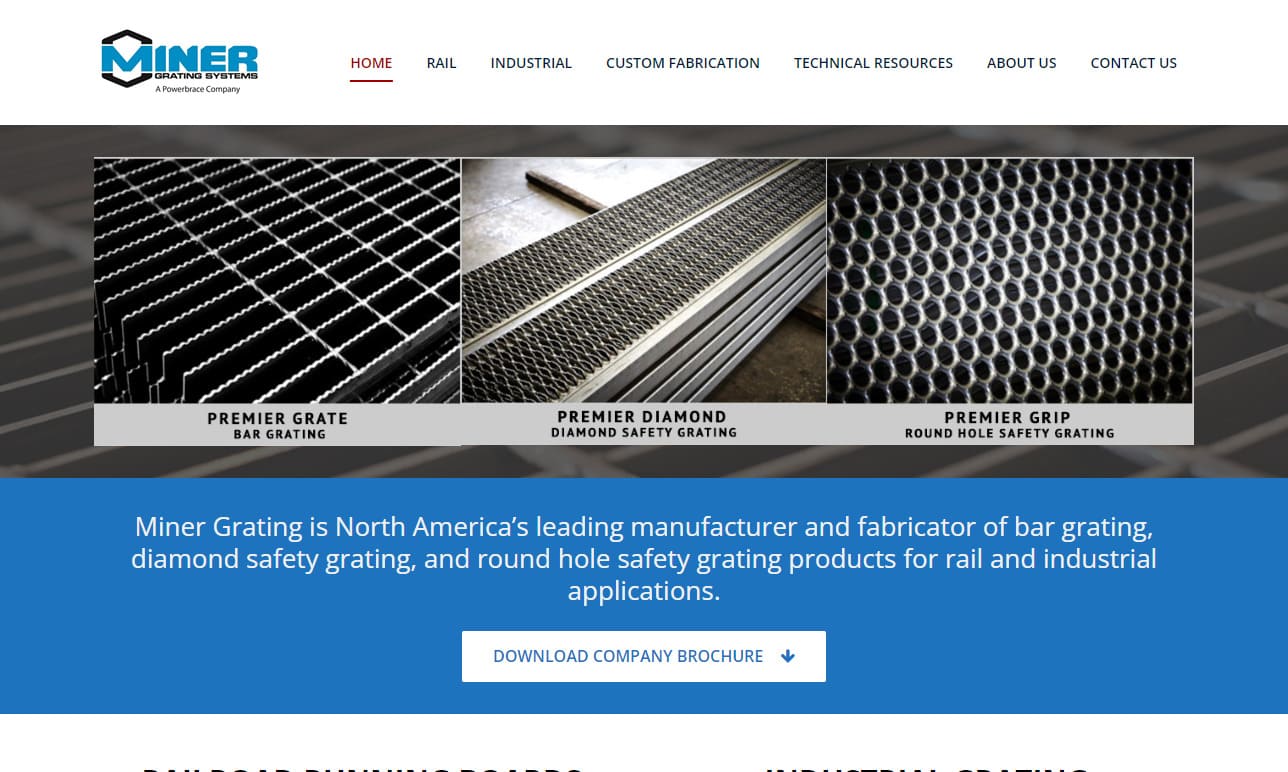

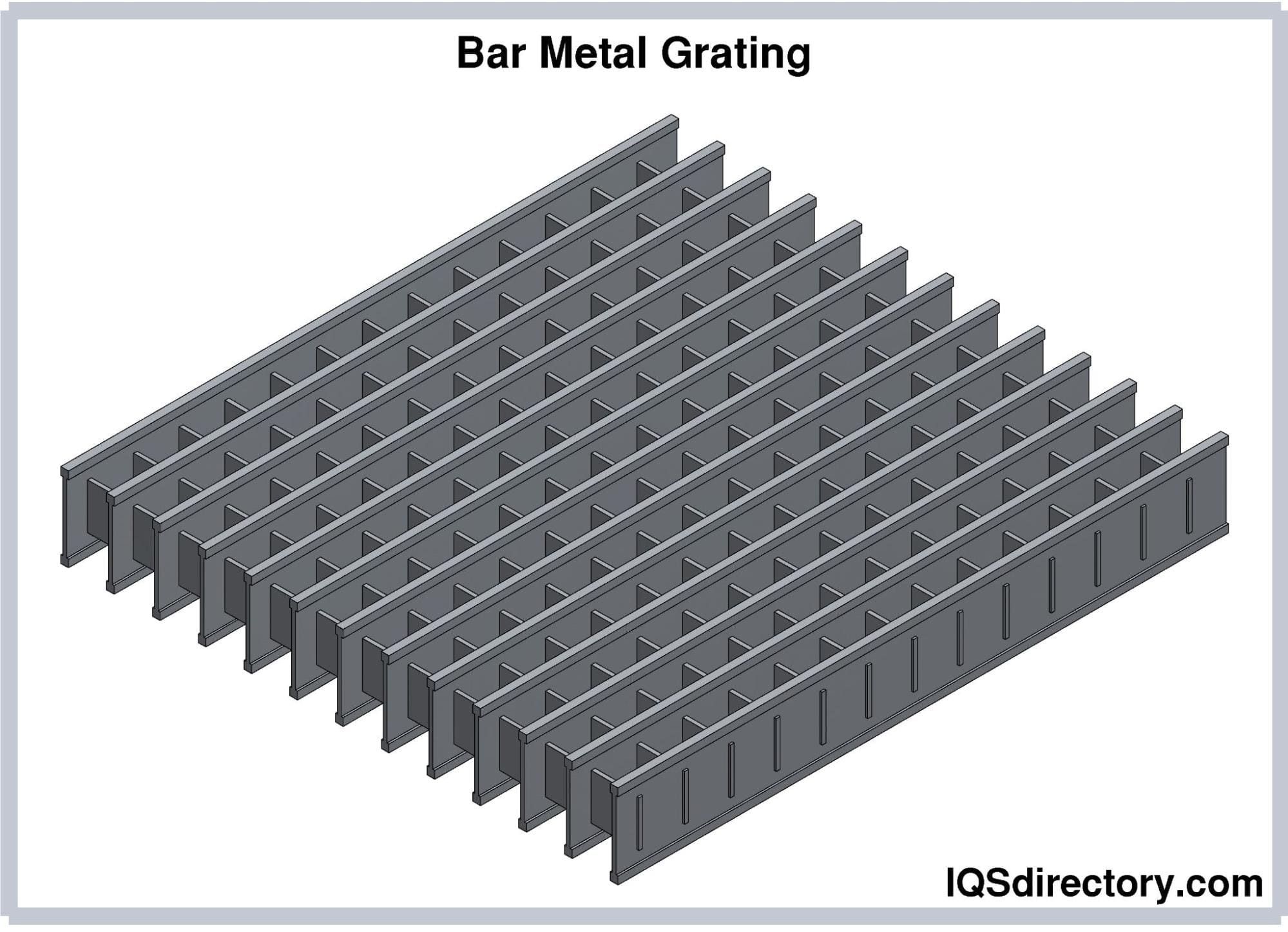
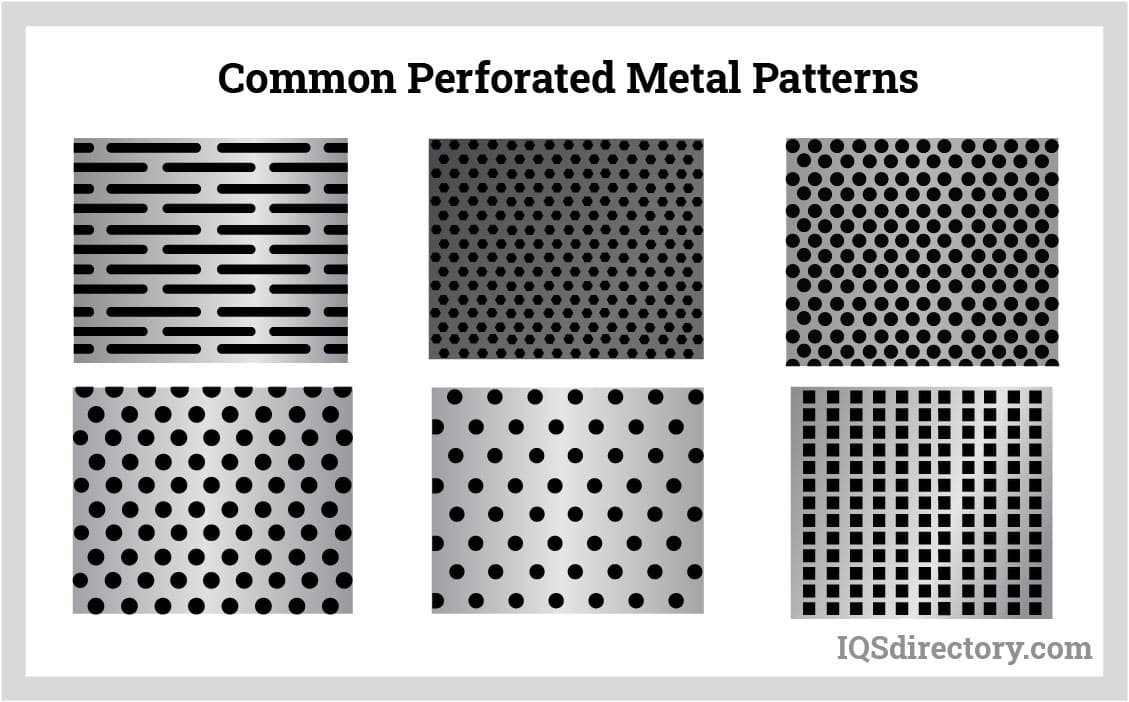
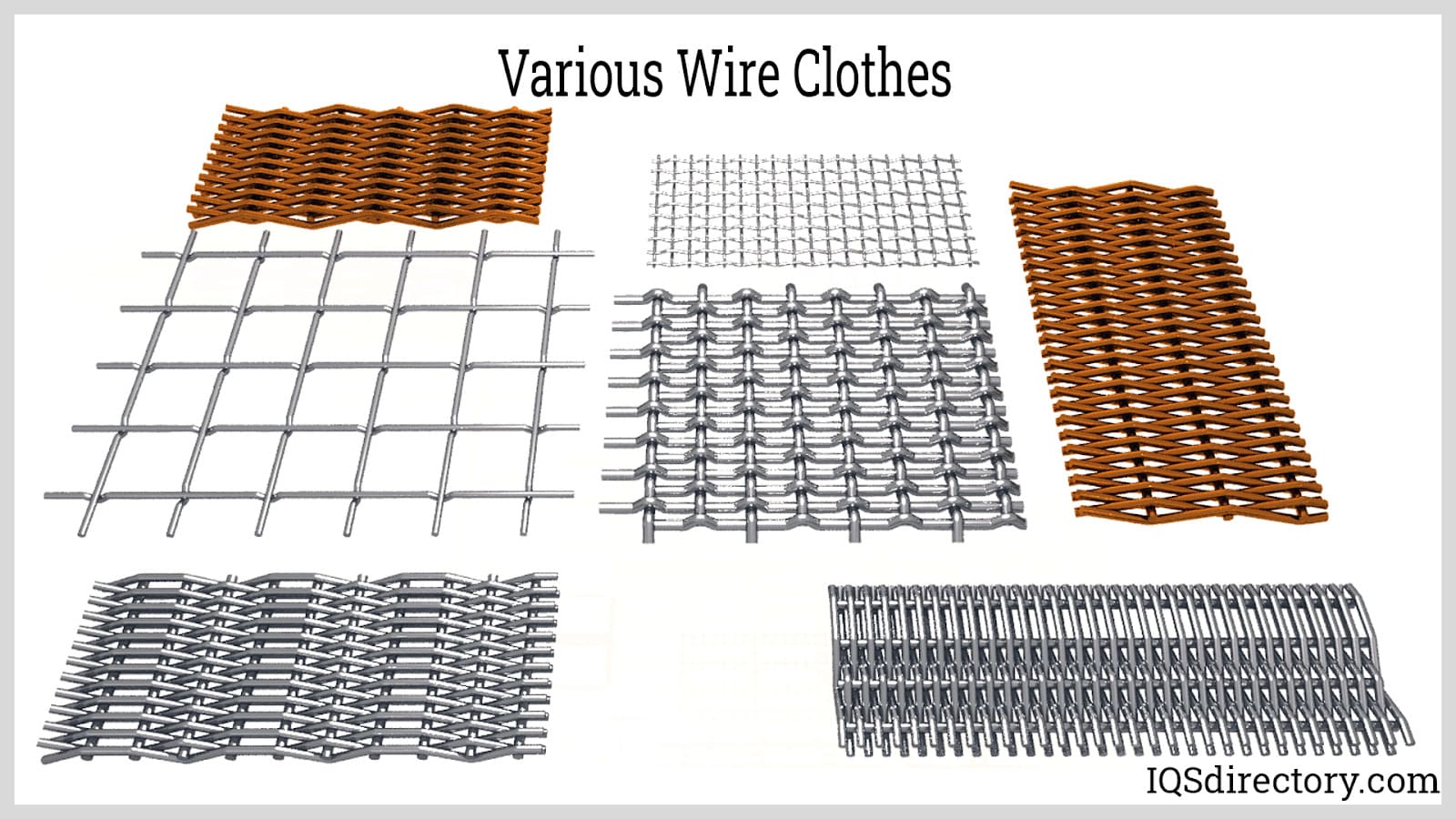
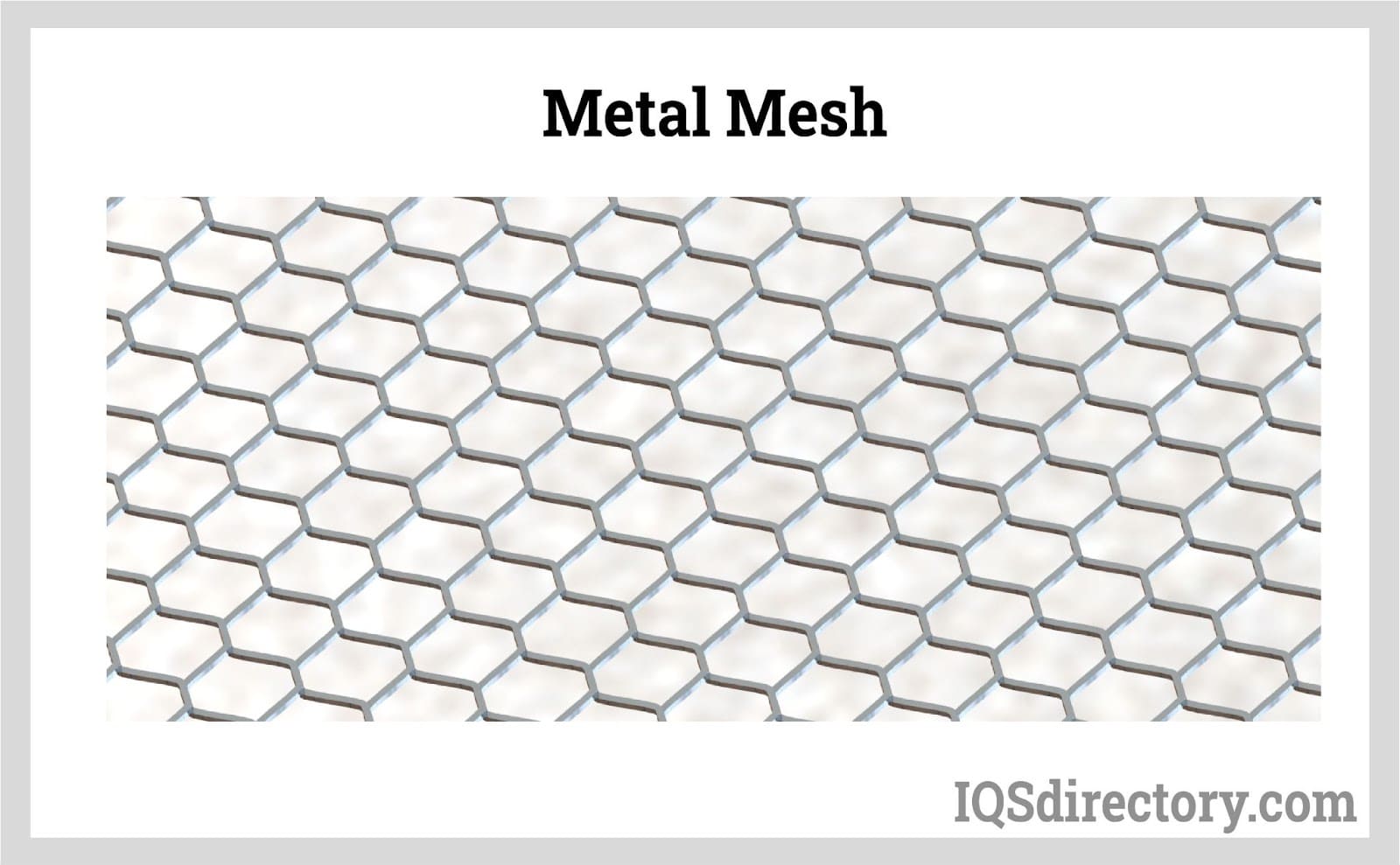
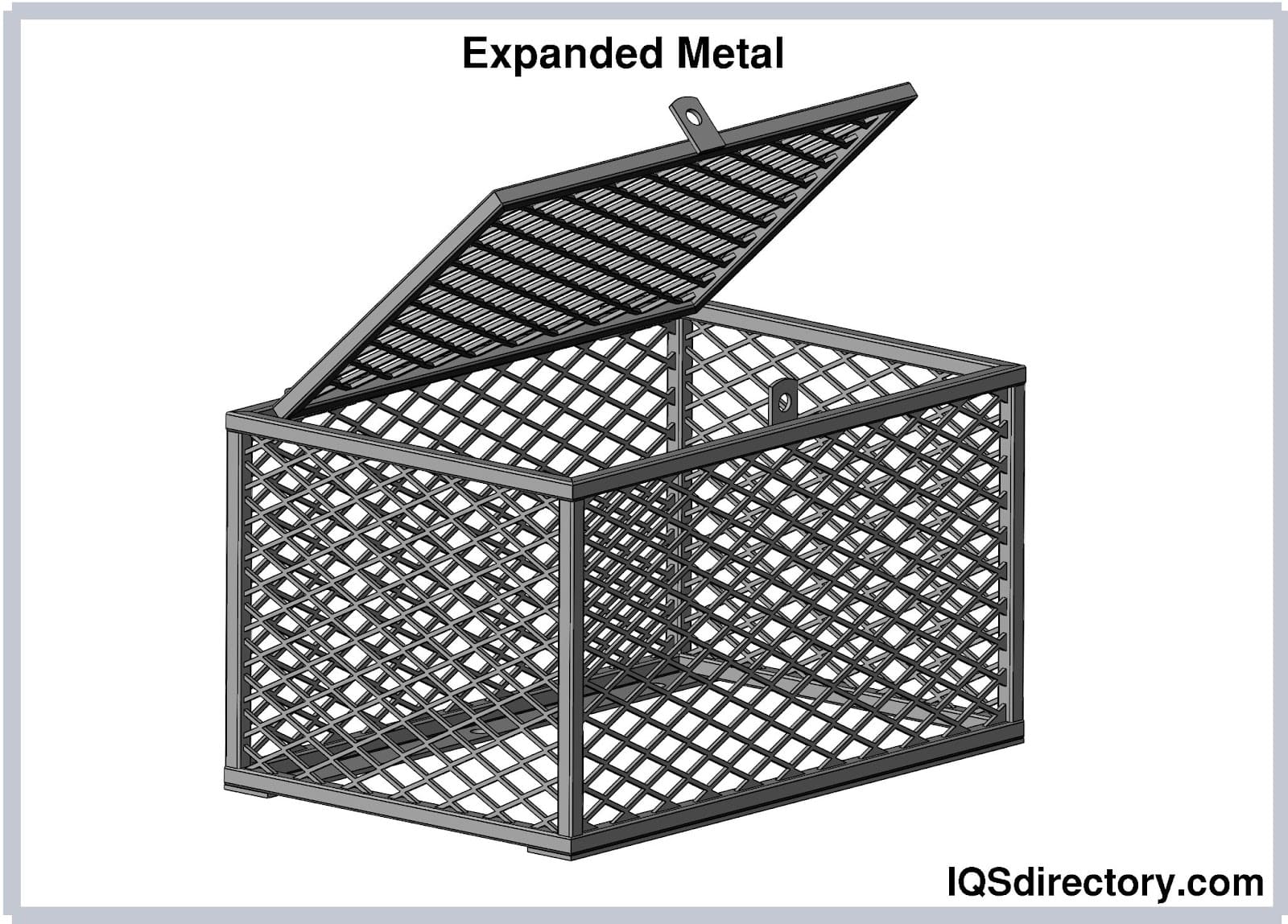
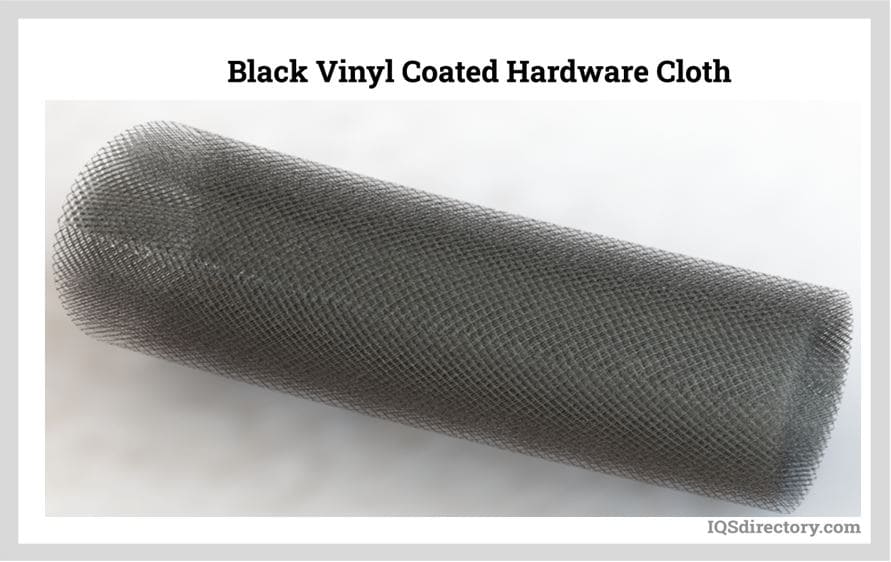
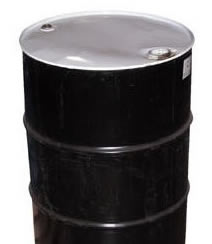 55 Gallon Drums
55 Gallon Drums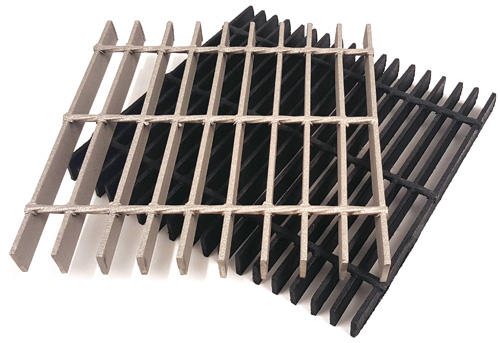 Floor Gratings
Floor Gratings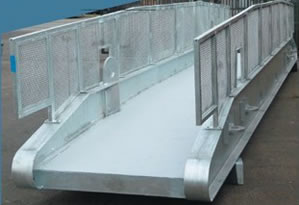 Mezzanines
Mezzanines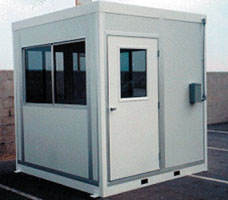 Modular Buildings
Modular Buildings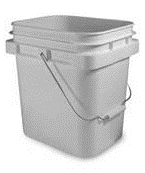 Plastic Containers
Plastic Containers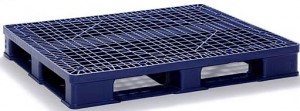 Plastic Pallets
Plastic Pallets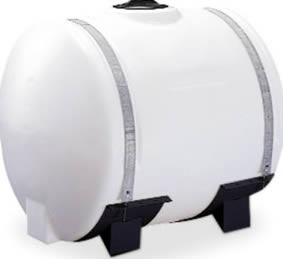 Plastic Tanks
Plastic Tanks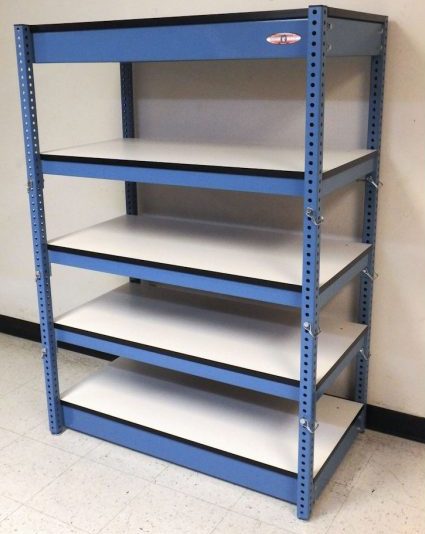 Steel Shelving
Steel Shelving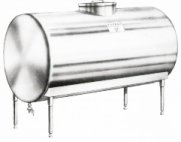 Stainless Steel Tanks
Stainless Steel Tanks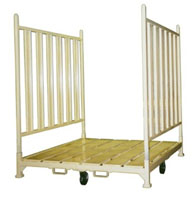 Storage Racks
Storage Racks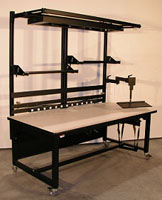 Work Benches
Work Benches Castings & Forgings
Castings & Forgings Bulk Material Handling
Bulk Material Handling Electrical & Electronic Components
Electrical & Electronic Components Flow Instrumentation
Flow Instrumentation Hardware
Hardware Material Handling Equipment
Material Handling Equipment Metal Cutting Services
Metal Cutting Services Metal Forming Services
Metal Forming Services Metal Suppliers
Metal Suppliers Motion Control Products
Motion Control Products Plant & Facility Equipment
Plant & Facility Equipment Plant & Facility Supplies
Plant & Facility Supplies Plastic Molding Processes
Plastic Molding Processes Pumps & Valves
Pumps & Valves Recycling Equipment
Recycling Equipment Rubber Products & Services
Rubber Products & Services